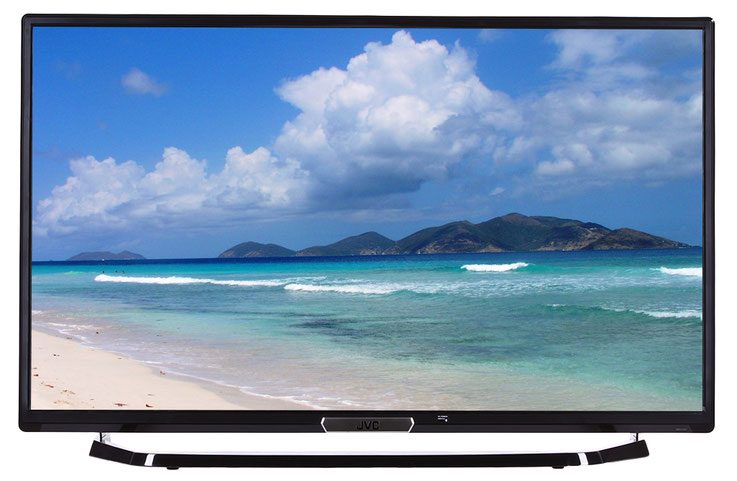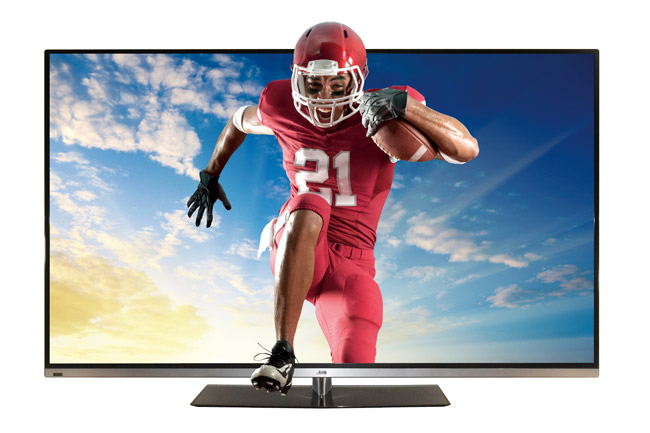service manual | JVC Smart TV

service manual | JVC Smart TV Free: Service Manuals, Owners Manuals, Schematics, Diagrams,
Datasheets, Brochures online for free download
JVC Smart tv service manual
Datasheets, Brochures online for free download
JVC Smart tv service manual
JVC Smart tv - in Yokohama. Total number of employees - 34.5 thousand people (2005).. Revenues in the 2004-2005 fiscal year amounted to 840 billion yen.
The company, known as Victor Company of Japan (later abbreviated to JVC), was founded in 1927 and was originally a Japanese unit of Victor Talking Machine Company of the American company. The first products JVC became radio and electronic ray tubes.
The company manages the American manager Ben Gardner, products exported to the United States, which was beneficial both to the Americans, are reduced so the costs and the Japanese side, which could offer its employees fairly high wages, which led to the creation of the team of the most qualified experts.
The company manages the American manager Ben Gardner, products exported to the United States, which was beneficial both to the Americans, are reduced so the costs and the Japanese side, which could offer its employees fairly high wages, which led to the creation of the team of the most qualified experts.
In 1930, it built on the production Yokohama launches audio players and records. Products in demand, and the company is getting a considerable profit, grew rapidly. In 1932 it was launched the first production of radios, and by 1937 completed the creation of its own model of superheterodyne receiver. The company conducted extensive research in the field of radio and telecommunications, which allowed in 1939 to create the first model of the TV.
At the beginning of World War II, demand for the company's radio equipment rose, but by the end of the war in the plight of the country, he completely disappeared. After the war [joined the company Dr. Kenjiro Takayanagi, who in 1926 first in the world using a cathode ray tube to obtain an image. JVC had a very hard time, but faster than many other companies managed to regain financial health, in 1953 started the production of records format LP and firing on the Japanese market its first television serial. In 1957 JVC released the first full stereo system, and in 1959 - the world's first video recorder with two heads. At this time the company received worldwide fame.
At the beginning of World War II, demand for the company's radio equipment rose, but by the end of the war in the plight of the country, he completely disappeared. After the war [joined the company Dr. Kenjiro Takayanagi, who in 1926 first in the world using a cathode ray tube to obtain an image. JVC had a very hard time, but faster than many other companies managed to regain financial health, in 1953 started the production of records format LP and firing on the Japanese market its first television serial. In 1957 JVC released the first full stereo system, and in 1959 - the world's first video recorder with two heads. At this time the company received worldwide fame.

In the early 1960s, Sony, JVC and Panasonic have jointly developed the format of U-Format recording. Since 1966, JVC makes graphic equalizers, in 1970 the company has developed a technology four-channel recording of CD-4.
In 1970, the high demand enjoyed released JVC Videosfera - a compact TV that resembles a space helmet. In 1971, the company released the first professional video, in 1974 - the world's first portable color VTR. in 1976 JVC introduced in the Japanese market a new format of video cassettes - VHS, which became the beginning of the war of formats from Sony, a year earlier presented its own development - Betamax. Betamax cassettes were smaller, we provide better quality, but lost to the playback duration. Both companies have spent a lot of effort to ensure that it is their format was supported by producers. By 1984, twelve companies used Betamax, VHS and the number of users has reached forty, after which Sony turned his project and started the production of video recorders VHS format.
In 1978, JVC has released the world's first double cassette deck, CD cassettes, moreover, it is compatible with the film type-II based on chromia (typeII), then the company has created the world's first portable VHS-system, a system of television receiving the Multiplex.
By the 1980s, JVC has become one of the largest international corporations, producing audio and video equipment, becoming a well-known manufacturer of video recorder, stereo, TV, video and audio cassettes. In 1983, it started production of compact camcorders JVC.
In 1987, in the city of Kurihara JVC creates a complex of research laboratories. The head of the company becomes Takuro Bojo, under whose guidance the company began to develop digital technology for video and audio, including for professional use. Then began production of household products.
By the 1980s, JVC has become one of the largest international corporations, producing audio and video equipment, becoming a well-known manufacturer of video recorder, stereo, TV, video and audio cassettes. In 1983, it started production of compact camcorders JVC.
In 1987, in the city of Kurihara JVC creates a complex of research laboratories. The head of the company becomes Takuro Bojo, under whose guidance the company began to develop digital technology for video and audio, including for professional use. Then began production of household products.
In 1990, the company has adjusted release cassette recorders CD + G Karaoke and started developing digital audio S-VHS. In 1992 he was released Digital Vision karaoke system. In 1993, the ILA Projector and W-VHS recording format for HDTV have been developed.
Until 2000, the system Dynamic Drum, Super VHS ET and Digital-S format were developed. In the same period begins to develop JVC digital television market in the United States and produces a digital satellite receiver with a digital stream recording function.
Until 2000, the system Dynamic Drum, Super VHS ET and Digital-S format were developed. In the same period begins to develop JVC digital television market in the United States and produces a digital satellite receiver with a digital stream recording function.
At the beginning of the XXI century in the course of work on natural-sounding audio JVC is the first in the world to manufacture wood speaker cones. The new product line called JVC Wood Cone and fame. Solve the problem of forming such a sufficiently capricious material like wood, helped a random tip from a Japanese cuisine: soaking in Sake.
In 2009, JVC has been acquired by the Japanese firm Kenwood, specializing in the production of car audio and radio stations. In 2011, JVC and Kenwood have combined their trading operations, and the company became known as JVC KENWOOD Corporation.
In 2009, JVC has been acquired by the Japanese firm Kenwood, specializing in the production of car audio and radio stations. In 2011, JVC and Kenwood have combined their trading operations, and the company became known as JVC KENWOOD Corporation.
.png)
 By
By  مارس 11, 2020
مارس 11, 2020












ركود شاشه JVC